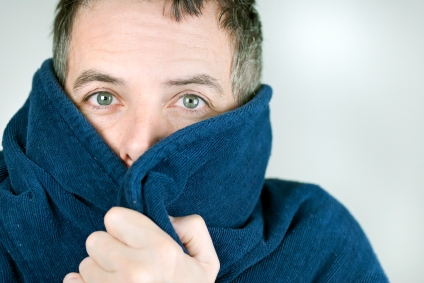Schools Back, so are Food Allergies
|
Reading time: 4 minutes
|

Dangerous Diagnosis
A threshold for a diagnosis is important since it determines whether an individual is sick, however a low threshold can introduce many problems. According to Dr. Welch, “physicians are now making diagnoses in individuals who wouldn’t have been considered sick in the past.” This has become a big problem due to many individuals who feel well, becoming ill as a result of a low threshold for diagnosis and treatment. Many patients are given medication that could make them feel worse. A lower threshold also causes more people to be screened for possible illnesses that are highly unlikely in them.

So who is at fault? The major cause of this problem is money. According to Dr. Welsh, “The easiest way to make more money is to encourage lower thresholds and turn more people into patients… while clinicians are sued for failure to diagnose or failure to treat, there are few corresponding penalties for over-diagnosis or over-treatment. Doctors view low thresholds as the safest strategy to avoid a courtroom appearance.”
However, part of the blame is technology. Technology is now able to detect certain biochemical and anatomic abnormalities that were undetectable in the past. For example: A fasting glucose level of 130 was not considered to be diabetic before 1997, however, it is now.
The other part of the blame is behavioral. It has become part of human nature to look harder for things to be wrong. In recent years it has become more likely to test a person with no symptoms. According to Dr. Welsh, “We test more often,” in time this could make the ‘patient’ worse and increase health care cost. A lower threshold can sometimes cause the medication to be even worse than the disease.
Doctors need to raise their diagnosis threshold along with their treatment threshold to lower health costs and return “…millions of Americans to normal, healthy lives,” says Dr. Welch. A higher threshold could improve the health of many Americans.
Are You Prepared To Fight Allergies?

Allergies are becoming an epidemic in the United States and young children are the most common age group to suffer food allergies. It is important to be informed and alert in order to protect your children from any possible accidents. Some children who experience allergic reactions as a child soon grow out of it when they become older. Even if this is the case it is still important to be aware of how serious food allergies are in order to keep your child safe.
There are a few things parents with children who have food allergies should do in order to protect their them. Firstly, it is important to identify what it is your child is allergic to. The most common food allergies in children are peanuts, eggs, soy, milk and wheat.
Some children only experience mild reactions to food allergies. Others experience a more severe reaction known as anaphylaxis. This reaction consists of swelling of the mouth and throat, difficulty breathing, decreased blood pressure, shock and sometimes even death. It is very important for a parent to inform the rest of the family, the school and daycare of the severity of this illness. Another important tip is for both the parent and child (only if age-appropriate) to know how to use a self-injectable epinephrine device.
This device is used to counteract an anaphylaxis reaction. Along with carrying the self-injectable device it is a great idea for a child with food allergies to wear a medical alert bracelet which notifies other people of his condition. Also help your child make an emergency action plan in the case of a reaction at their school.
Information provided on this website is for general purposes only. It is not intended to take the place of advice from your practitioner
